Order: Passeriformes. Family: Ploceidae
Description
Length 15 cm. It is a small widowbird with a fan-shaped tail.
Adult male breeding: Head and body black. Tail black, fairly long and fan-shaped. Primaries black, with white bases; secondaries black, with narrow buff edges and white bases. Lesser coverts golden yellow; median coverts black, edged buffy. Tertials, and primary and greater coverts black, with broad white margins. Covert markings form white and yellow epaulet on shoulder and, together with white bases of flight feathers, white patch in wing in flight. Bill dark blue-grey. Eyes brown. Legs and feet blackish brown.
In southern African birds the epaulet (shoulder patch) is yellow, while in East African birds it is cinnamon-rufous.
Transitional males vary with patchy black & brown through to all brown above, paler below but still show white on primaries.
Non-breeding male shows yellow shoulders and a white patch at the base of the primaries.
Females brown backed and pale below. Notably less streaked underparts than other female widowbirds. Females and non-breeding birds may be identified in flight by the longish tail, white and yellow/rufous wing patches, and white underwing.
Juvenile resembles female.
Similar species: Breeding male distinguished from Yellow-mantled Widowbird by its shorter tail, white in the wings, pale bill, and lack of yellow on th back.
Distribution
Northeast of the sub-region. Although it has localised populations in Sudan, Ethiopia and Angola, it mainly occurs from Tanzania, Zambia and Malawi to southern Africa. Here it is fairly common in Zimbabwe, Mozambique and north-eastern South Africa, extending into the Caprivi Strip (Namibia) and Botswana.
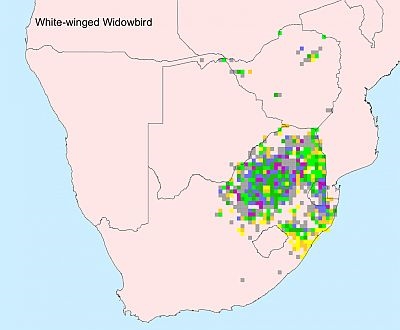
Taxonomy
Three subspecies are currently recognised:
E. a. albonotatus in eastern South Africa, north-east Botswana and Namibia, to southern Tanzania (intergrading with eques around Iringa and Dodoma).
E. a. asymmetrurus found patchily from western Angola to western Gabon, and Sao Tome. The tail of breeding males is much larger in this subspecies.
E. a. eques from southern Tanzania to southern Sudan and Ethiopia with isolated populations in western Sudan and Central African Republic. Breeding males have cinnamon-brown (not yellow) epaulets, and females and sub-adult males have the lesser coverts edged with cinnamon.
Habitat
Savanna. It generally prefers habitats with rank vegetation and water, such as moist grassland and marshes, but also in disturbed areas and cultivated land.
Diet
Mainly grass seeds, also insects and aloe nectar.
Breeding
Territorial solitary nester. This species is polygynous, as one male may mate with up to 4 females in a breeding season, defending his territory against other males as well as other widowbird and bishop species. The nest is an oval-shaped structure with a large side-top entrance, built of dry grass and lined by the female with finer grass. It is typically placed about 0.3-1.3 m above ground in dense grass, which is incorporated into the roof of the nest. The male builds the nest frame of dry and semi-green grass, supported by upright grass stems. The female adds a stouter weaving of finer dry grass, usually Sporobolus, inside the frame. Some nests have a small porch of projecting grassheads. Eggs may be laid before the nest is lined. Egg-laying season is from October-May, peaking from December-March. It lays 2-4 eggs, which are incubated solely by the female for about 12-14 days. The chicks are only fed by the female, leaving the nest after about 11-14 days and becoming independent about 22-25 days later.
Occasionally parasitised by Diderick Cuckoo.
Call
Sings from an elevated perch: squee-squi-squeege. Also a rustling shwrrr.
Status
Common resident in suitable habitat.



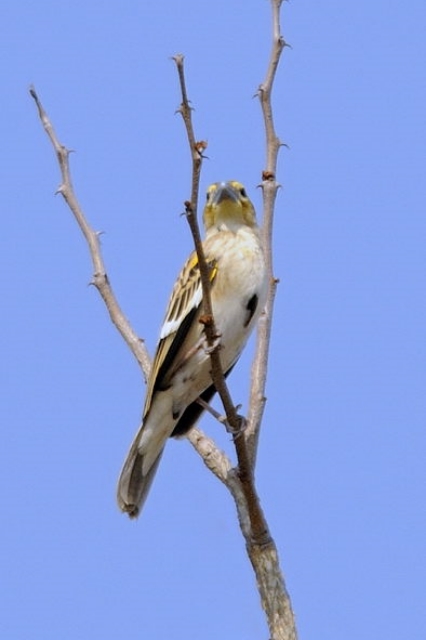 © Dewi
© Dewi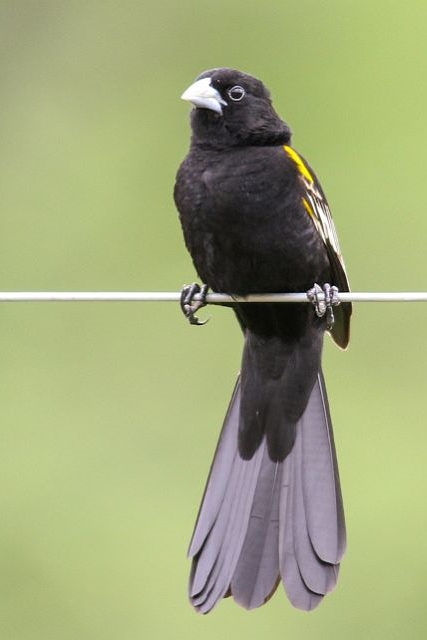 © Super Mongoose
© Super Mongoose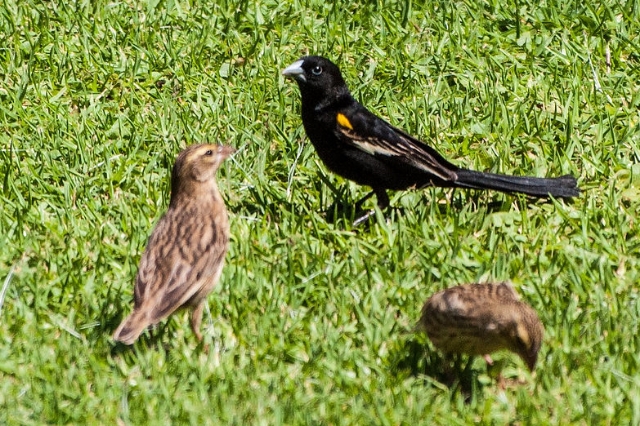 © steamtrainfan
© steamtrainfan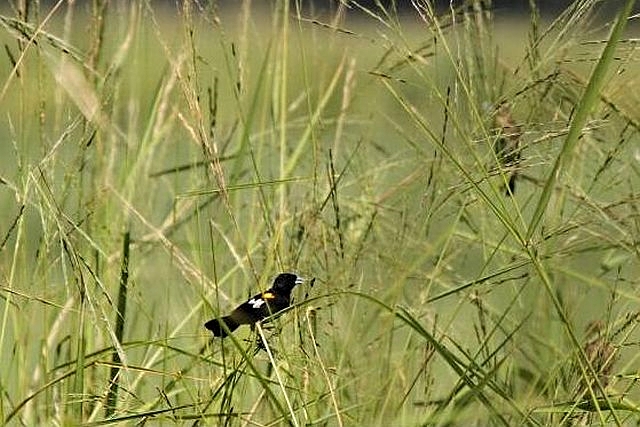 © Sharifa
© Sharifa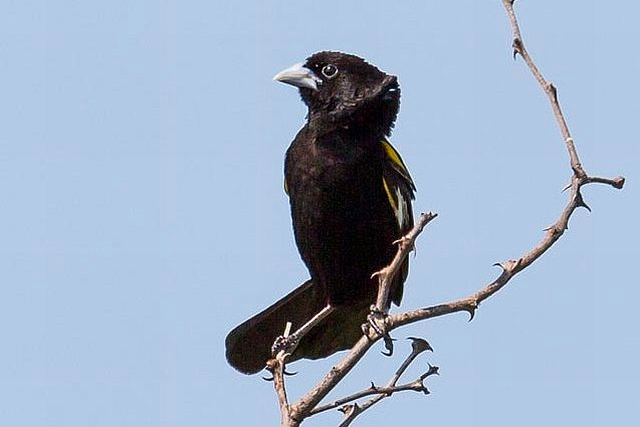 © Pumbaa
© Pumbaa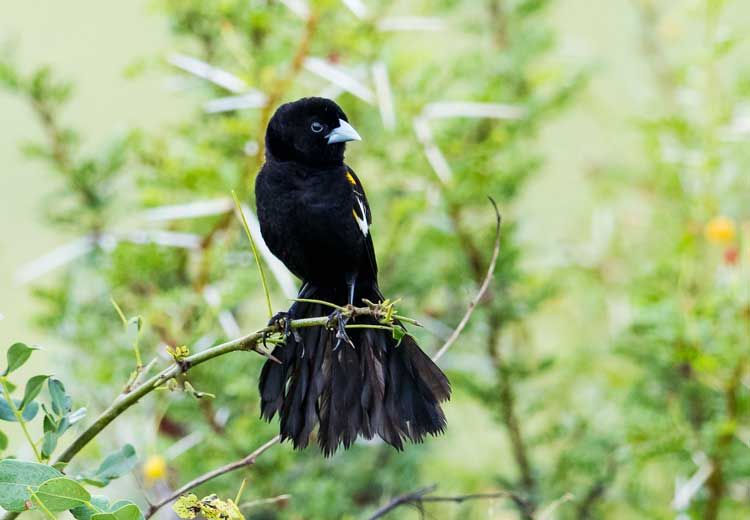 © Pumbaa
© Pumbaa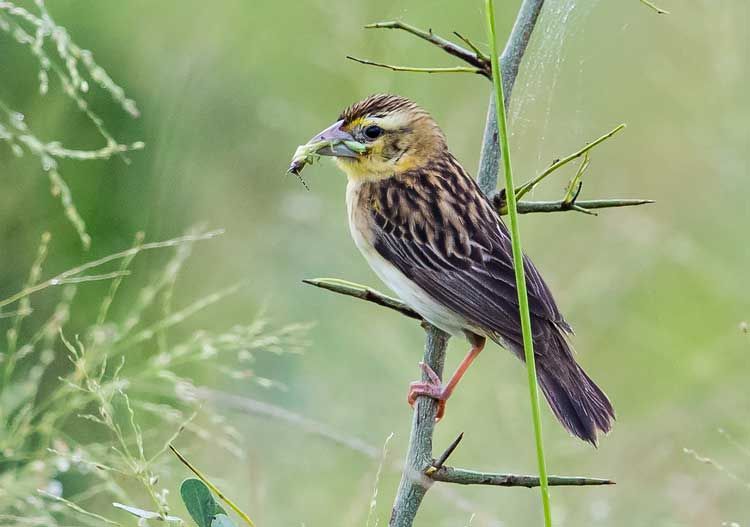 © Pumbaa
© Pumbaa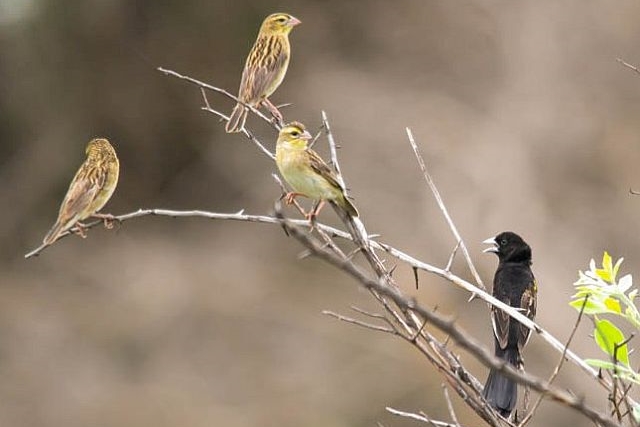 © Super Mongoose
© Super Mongoose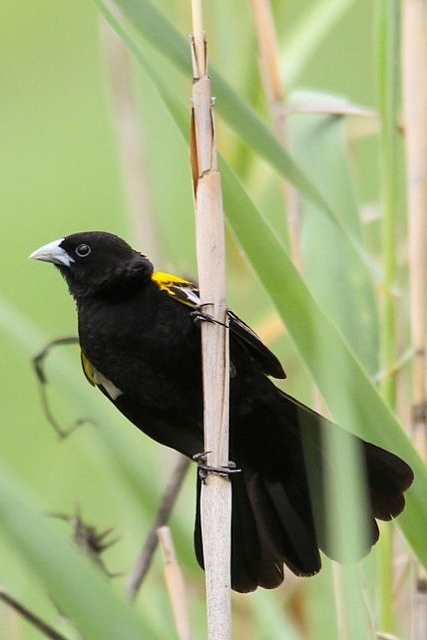 © Super Mongoose
© Super Mongoose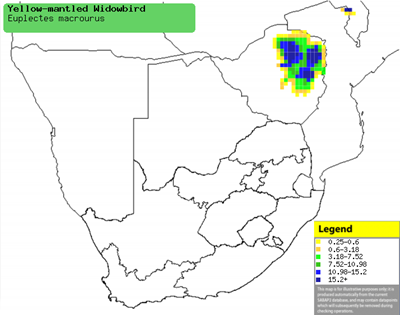
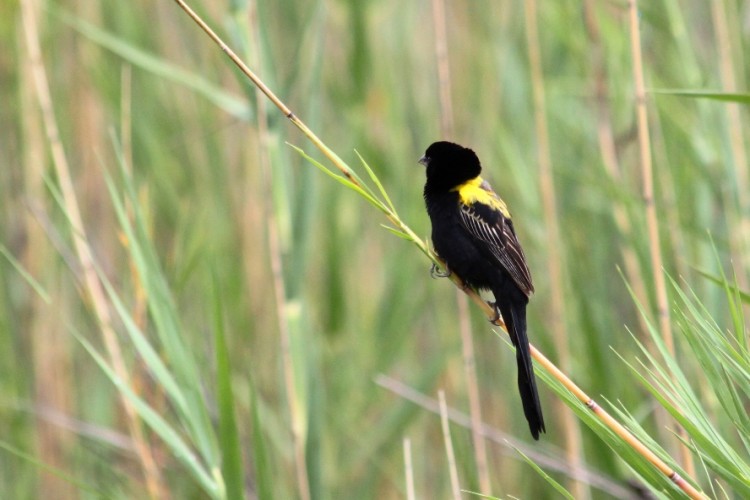 © Dindingwe
© Dindingwe © Dindingwe
© Dindingwe
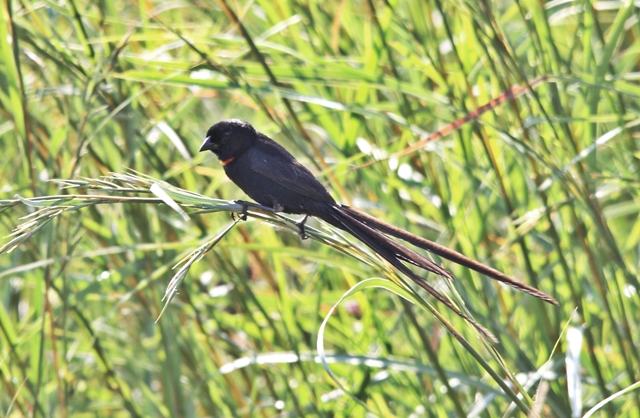
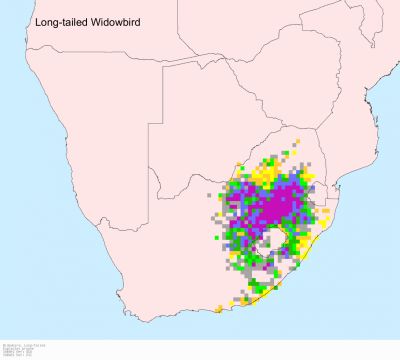
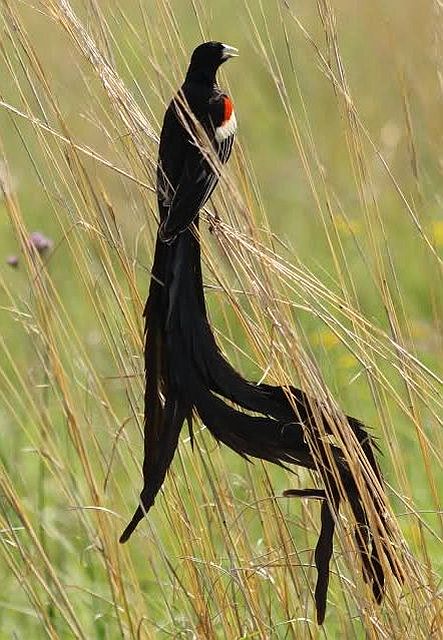
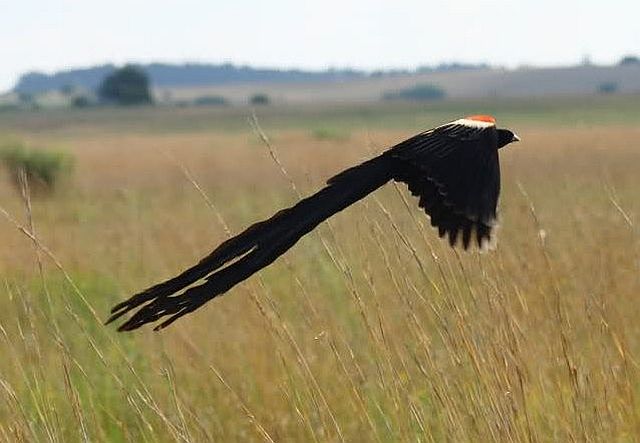
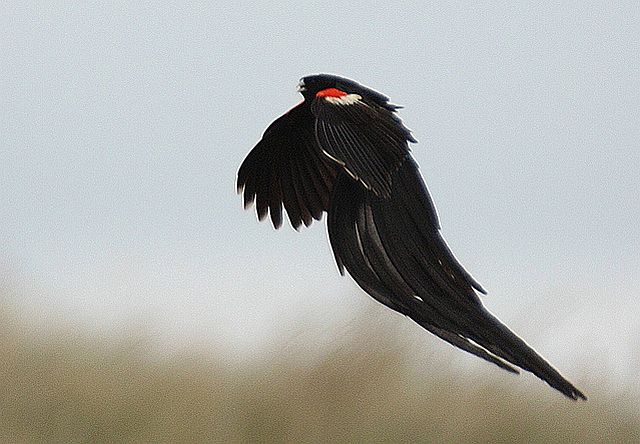 © Moggiedog
© Moggiedog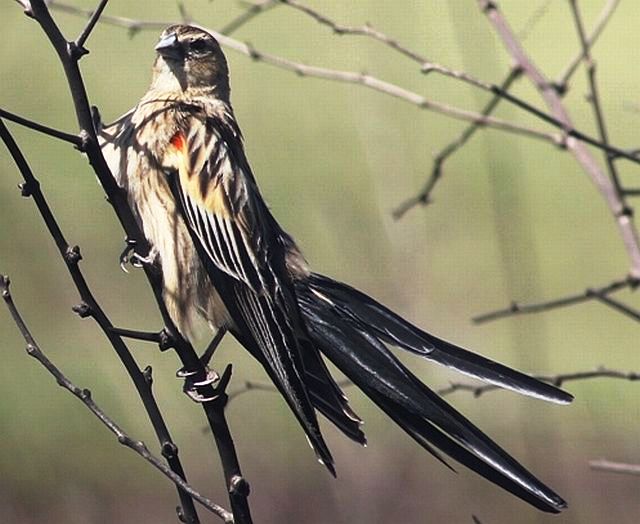 © Amoli
© Amoli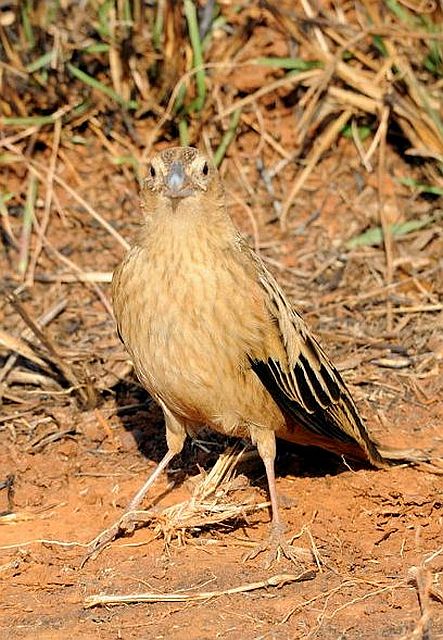 © Dewi
© Dewi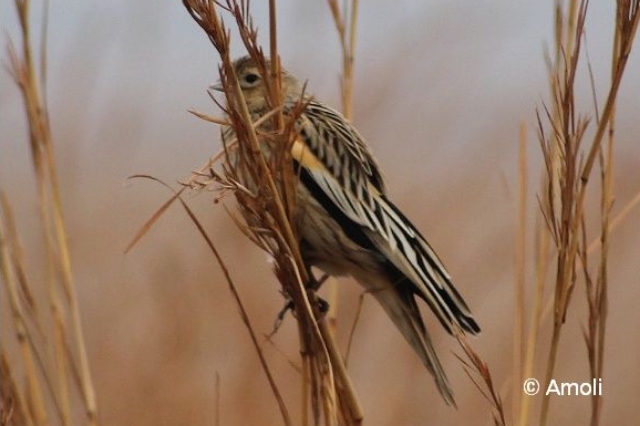 © Amoli
© Amoli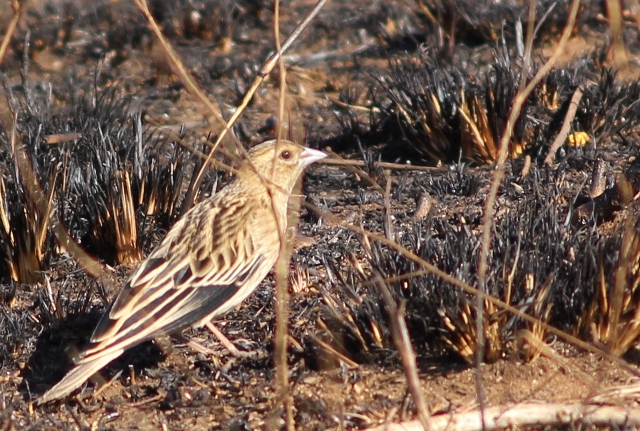 © Amoli
© Amoli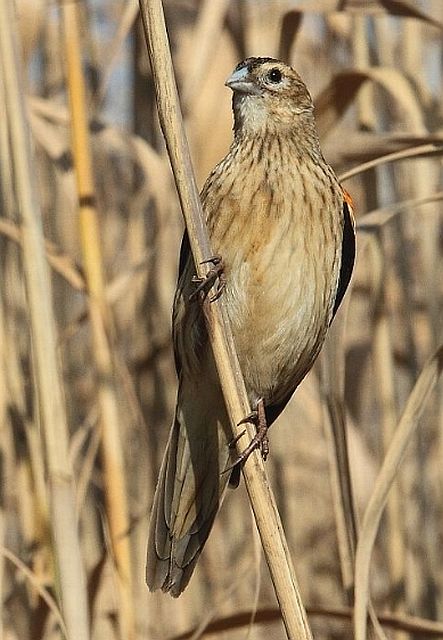 © Sharifa
© Sharifa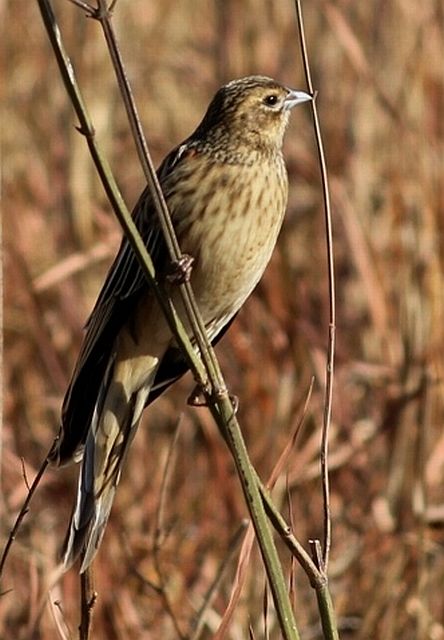 © Amoli
© Amoli